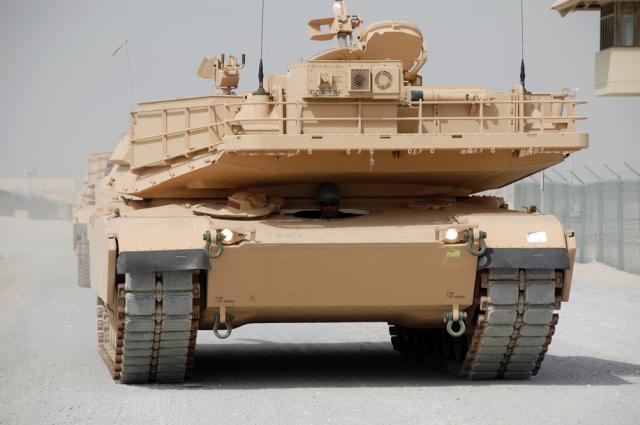From 2003 through 2009, the Future Combat Systems program was at the center of the Army’s efforts to modernize. But in June 2009, after 6 years and an estimated $18 billion invested, DoD canceled the program and instead laid out plans for development of a ground combat vehicle (GCV) program, multiple increments of brigade modernization, and a tactical network.
GCV is intended to modernize the current ground combat vehicle fleet; the early infantry brigade combat team (E-IBCT) to continue previous Future Combat Systems efforts to stage and spin out emerging technologies to current forces; and the tactical information network to provide connectivity, communications, and data for the warfighter.
Each of these is in various stages of implementation: GCV is to begin technology development in April 2011; E-IBCT increments have been terminated in early production based on test results; and development of the tactical network is poised to begin.
This report focuses on the Army’s recent efforts to prepare for a new GCV development program, E-IBCT program test results and decisions, and emerging plans for the tactical network, as well as questions the Army faces as it makes significant decisions in those areas. DOD reviewed a draft of this testimony and provided technical comments, which were incorporated as appropriate.
The Army is preparing to start a new GCV acquisition program by evaluating contractor proposals for technology development. The Army appears to be embarking on a more knowledge-based program than previously planned, focusing on costs and technical maturity. Yet, to deliver the first production vehicle in 7 years, the program must complete technology development in 2 years and engineering and manufacturing development in 4 years.
Key questions on GCV pertain to how urgently it is needed, robustness of the analysis of alternatives, its cost and affordability, plausibility of its schedule, and whether mature technologies will be used. Addressing such questions is essential to getting a good start on demonstrating the match between GCV requirements and resources by the end of technology development.
Most of the systems from the first increment of E-IBCT showed little or no military utility in recent tests. Several of the systems have since been terminated but two were approved for additional production. Several questions remain about the future of the remaining development efforts that were once part of the Future Combat Systems program.
These questions relate to:
(1) whether additional procurement of the network integration kit–which includes a radio, computer system, and software–is justified in light of the Army’s determination that it is not a viable, affordable, long term solution, and
(2) how E-IBCT systems could have met many of their requirements, yet have so little military utility.
The Army has also decided not to pursue Increment 2 of E-IBCT. Key questions remain on whether the Army will continue development or terminate other efforts from Future Combat Systems.
The Under Secretary of Defense for Acquisition, Technology, and Logistics recently designated the Army tactical network as a special interest portfolio, signaling a commitment to continued investment in this area, to meet the need for adaptive, evolutionary network approaches.
To develop a clear understanding of the network requirements, strategies, and management of a number of disparate acquisitions, the Under Secretary has directed the Army to develop an integrated network architecture and a comprehensive acquisition strategy by this month.
Key questions remain on whether the Army has yet clearly defined its internal roles and responsibilities for management of its tactical network, and how it will proceed with development of fundamental parts of the network–the advanced radios and waveforms.
[Download not found]










